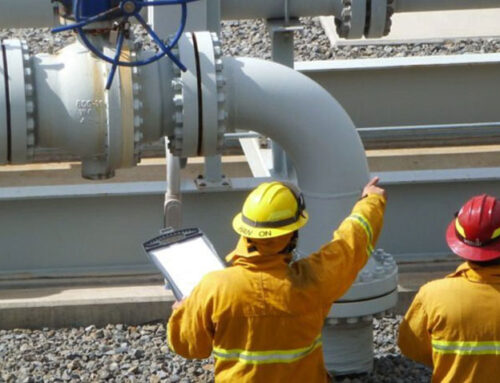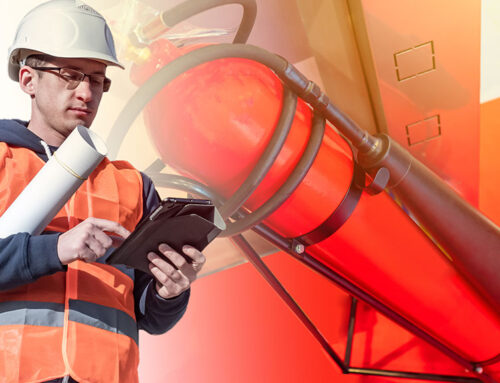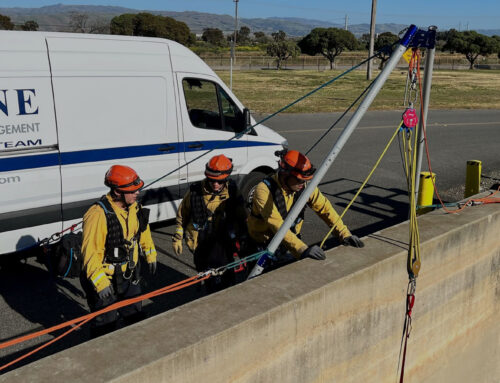Depending on what type of workplace you manage, hazards will be all over the place. If you run a restaurant, for example, workplace hazards will include anything from tripping hazards to fire hazards. If you manage a construction site, the workplace hazards you and your employees might face will include anything from electrical hazards to falling hazards. It’s important to get an accurate hazard assessment when you’re working on a site to make sure you’re aware of any potential problems that could arise. Read on to find out more about the five steps necessary to conduct in a hazard assessment in the workplace.
Identify the hazards
The first thing you want to do when you conduct a hazard assessment in the workplace is to identify each and every hazard that someone might face. Be careful to think about possible hazards that you may not immediately think of, like uneven ground or hot surfaces that someone could get hurt on.
Decide who is at risk in each hazard
Not everyone faces the same risks. Think about ways that different workers or people that will be interacting with your business might be hurt if they came into contact with a risk. This might mean making sure that spaces are safe for disabled customers in addition to your workers, and identifying how those risks could be avoided based on each person.
Decide how to control the risk
Some risks are easier to mitigate than others. For example, you might avoid having someone trip on a loose wire by taping it to the floor. Determine which risks will be easier to mitigate and address those first, that way you can focus on the bigger risks without worrying that smaller ones are still a problem.
Implement necessary changes
Part of any successful hazard assessment is the implementation of changes to your day to day work environment. It’s not enough to determine which hazards are around your workplace, you have to also implement changes that will make the work environment safer for everyone that comes into contact with it.
Regularly review and update if you need to
Sometimes things change, and new hazards will pop up. Keep up with the hazard assessment regularly by checking in and determining what other hazards might have come up. We recommend conducting a hazard assessment as often as you need to, depending on how quickly your work environment changes. A construction site might need regular hazard assessments, for example, while a restaurant or office might not make significant changes as often.




